Home>Gardening & Outdoor>Landscaping Ideas>How To Get Rid Of Grubs In Grass
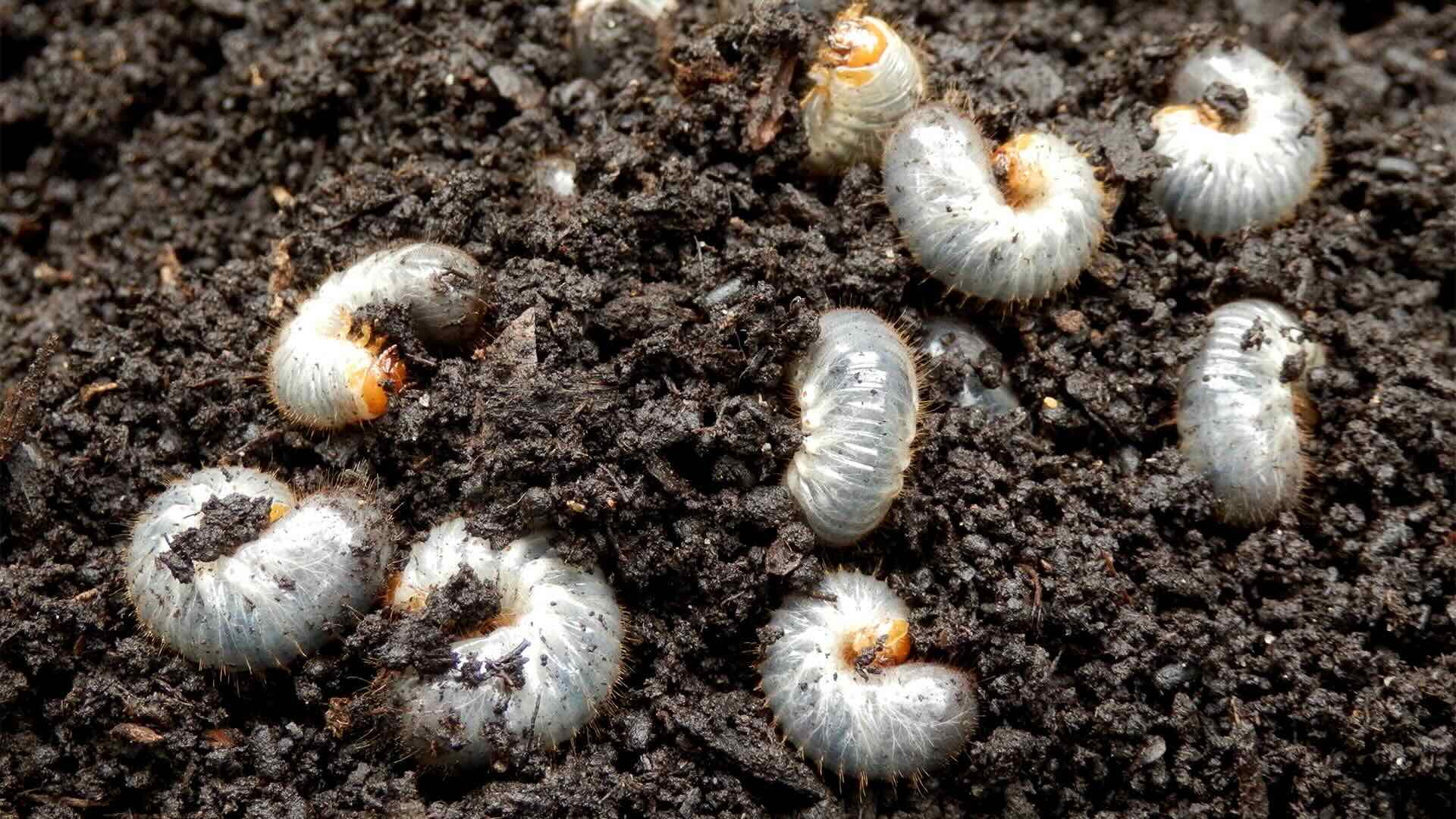

Landscaping Ideas
How To Get Rid Of Grubs In Grass
Published: January 26, 2024
Learn effective landscaping ideas to get rid of grubs in grass and restore the health of your lawn. Discover expert tips and solutions for a grub-free landscape.
(Many of the links in this article redirect to a specific reviewed product. Your purchase of these products through affiliate links helps to generate commission for Storables.com, at no extra cost. Learn more)
Introduction
Welcome to the battle against grubs in your grass! Dealing with these pesky larvae can be a frustrating challenge for any homeowner or landscaper. However, fear not, as I’m here to equip you with the knowledge and strategies to combat these underground invaders effectively. Grubs, the larval stage of various beetles, can wreak havoc on your lawn if left unchecked. This comprehensive guide will walk you through the identification of grubs, signs of infestation, and a range of prevention and control methods to help you achieve a lush, healthy lawn.
Whether you’re a seasoned green thumb or just starting to explore the world of lawn care, understanding how to tackle grub infestations is crucial for maintaining a vibrant and thriving lawn. By the end of this guide, you’ll be armed with the expertise to identify, prevent, and eliminate grubs, ensuring that your grass remains green and pristine throughout the seasons.
Key Takeaways:
- Grubs, the larval stage of beetles, can damage your lawn by feeding on grassroots. Look for wilting grass, spongy texture, and increased pest activity as signs of infestation.
- Prevent grub infestations by maintaining a healthy lawn, aerating the soil, choosing resistant grass varieties, and using natural control methods like beneficial nematodes and predatory insects.
Read more: How To Get Rid Of Grub Worms In Grass
Identifying Grubs
Before delving into eradication methods, it’s essential to be able to identify these underground nuisances. Grubs are the larval stage of various beetles, including Japanese beetles, June bugs, and European chafers, among others. These C-shaped larvae have distinct creamy-white bodies with brown heads and six prominent legs. Typically, they reside just below the soil surface, where they feed on grassroots, causing significant damage to your lawn.
When inspecting your lawn for grubs, you might notice areas where the grass appears wilted or discolored. Additionally, as grubs feed on grassroots, the affected turf may feel spongy underfoot, indicating a weakened root system. To confirm the presence of grubs, you can perform a simple soil examination. Using a shovel or trowel, carefully lift a section of the turf and inspect the soil underneath. If you observe several C-shaped, white larvae within the top few inches of soil, it’s likely that grubs are the culprits behind your lawn woes.
Understanding the appearance and behavior of grubs is crucial in effectively addressing infestations. By recognizing the telltale signs of their presence, you can take proactive measures to protect your lawn from their destructive feeding habits.
Signs of Grub Infestation
Grub infestations can manifest in various visible signs, alerting you to the presence of these subterranean pests. By familiarizing yourself with these indicators, you can promptly address the issue and minimize the damage to your lawn. Here are the key signs of a grub infestation:
- Wilting Grass: One of the earliest signs of a grub infestation is the appearance of wilting or browning patches of grass. As grubs feed on grassroots, the affected turf becomes deprived of essential nutrients and moisture, leading to noticeable discoloration and wilting.
- Spongy Texture: When walking across your lawn, areas infested with grubs may feel unusually spongy underfoot. This is a result of the compromised root systems caused by the feeding activity of the larvae.
- Increased Pest Activity: Grub-infested lawns often attract opportunistic pests such as birds, raccoons, and skunks. These animals may dig up the turf in search of grubs, leaving behind unsightly and damaging patches on your lawn.
- Visible Grubs: During lawn maintenance or while inspecting the soil, you may encounter grubs directly. Their C-shaped bodies and distinct appearance serve as a clear indication of a potential infestation.
By remaining vigilant and attentive to these signs, you can detect grub infestations early and take the necessary steps to address the issue promptly. Identifying these indicators empowers you to implement targeted control measures, safeguarding the health and beauty of your lawn.
Prevention Methods
Preventing grub infestations is a proactive approach to maintaining a healthy lawn and minimizing the risk of damage caused by these voracious larvae. By adopting effective prevention methods, you can create an environment that discourages grubs from taking up residence in your grass. Here are some strategies to prevent grub infestations:
- Maintain Optimal Lawn Health: A well-nourished and vigorously growing lawn is more resilient to grub damage. Implement proper watering, mowing, and fertilization practices to promote strong grassroots and overall turf health.
- Aerate Your Lawn: Regularly aerating your lawn helps improve soil drainage and reduces thatch buildup, creating an environment less favorable to grub development.
- Choose Resistant Grass Varieties: When seeding or overseeding your lawn, opt for grass varieties known for their resistance to grub damage, such as tall fescue or perennial ryegrass.
- Practice Deep Watering: Encourage deep root growth by watering your lawn deeply but infrequently. This promotes stronger grassroots, making them less susceptible to grub feeding.
- Implement Natural Predators: Introduce beneficial nematodes or predatory insects, such as ground beetles and parasitic wasps, to help control grub populations naturally.
- Regularly Inspect Your Lawn: Routinely inspect your lawn for signs of wilting, sponginess, or pest activity, and promptly address any issues to prevent potential grub infestations from escalating.
By integrating these preventive measures into your lawn care routine, you can fortify your turf against grub infestations and create an environment conducive to healthy grass growth. Proactive prevention is key to safeguarding your lawn from the detrimental effects of grub damage.
One tip for getting rid of grubs in grass is to apply beneficial nematodes to the affected area. These microscopic organisms can help control the grub population and are safe for the environment.
Natural Control Methods
Embracing natural control methods offers an environmentally friendly and sustainable approach to managing grub populations in your lawn. By harnessing the power of nature’s checks and balances, you can effectively reduce grub numbers while preserving the ecological balance of your yard. Here are some natural control methods to consider:
- Beneficial Nematodes: These microscopic roundworms, specifically species of Heterorhabditis and Steinernema, are natural predators of grubs. When applied to the soil, beneficial nematodes seek out grubs and release bacteria that are lethal to the larvae, effectively reducing their population.
- Predatory Insects: Introducing predatory insects, such as ground beetles and parasitic wasps, can help keep grub populations in check. These beneficial insects prey on grubs and contribute to natural pest control in your lawn.
- Healthy Soil Management: Fostering a healthy soil ecosystem through practices like composting, organic fertilization, and minimal pesticide use promotes a balanced environment that supports natural predators and reduces grub infestations.
- Attracting Wildlife: Encouraging wildlife diversity in your yard, such as birds and toads, can provide natural pest control as these creatures feed on grubs and other lawn-damaging insects.
- Companion Planting: Strategically planting companion plants that attract beneficial insects and repel pests can help create a harmonious and naturally pest-resistant lawn ecosystem.
By integrating these natural control methods into your lawn care regimen, you can effectively manage grub populations without relying on chemical interventions. Embracing nature’s mechanisms for pest control contributes to the overall health and sustainability of your lawn, fostering a biodiverse and resilient ecosystem.
Read more: How To Get Rid Of Garden Grubs
Chemical Control Methods
When natural and preventive measures are insufficient in managing grub infestations, chemical control methods can provide targeted intervention to address the issue. It’s important to approach chemical control with caution, ensuring the responsible and judicious use of pesticides to minimize environmental impact. Here are some chemical control methods to consider:
- Grub-Specific Insecticides: Selective insecticides formulated to target and control grub populations can be applied to affected areas of the lawn. These products are designed to effectively combat grubs while minimizing harm to non-target organisms.
- Systemic Pesticides: Systemic insecticides, when applied to the soil or foliage, are absorbed by the plants and subsequently ingested by the grubs as they feed on the grassroots. This method provides targeted control while reducing environmental exposure.
- Professional Application: Engaging the services of a licensed pest control professional can ensure the safe and effective application of chemical control methods, utilizing specialized equipment and expertise to address severe grub infestations.
- Adhering to Guidelines: When using chemical control methods, it’s crucial to carefully follow the manufacturer’s instructions, adhere to local regulations, and consider the potential impact on beneficial insects, wildlife, and the surrounding environment.
Prior to implementing chemical control methods, it’s advisable to assess the severity of the infestation and consider alternative approaches, such as natural control methods and preventive measures. Additionally, consulting with a knowledgeable professional can provide valuable guidance in determining the most appropriate and responsible course of action for managing grub infestations in your lawn.
Conclusion
As you navigate the realm of lawn care and pest management, understanding how to identify, prevent, and address grub infestations is a valuable asset in maintaining the health and beauty of your grassy landscape. By familiarizing yourself with the signs of grub infestation and implementing proactive measures, you can fortify your lawn against these subterranean adversaries.
From natural control methods that harness the power of beneficial nematodes and predatory insects to chemical interventions designed to target specific grub populations, a range of strategies is available to combat infestations effectively. It’s essential to approach pest management with a holistic perspective, considering the ecological impact of control methods and prioritizing environmentally sustainable practices.
As you embark on your journey to rid your lawn of grubs, remember that a balanced and thriving ecosystem is the key to long-term pest management. Embrace natural solutions, foster a healthy soil environment, and remain vigilant in maintaining optimal lawn health to deter and mitigate grub infestations.
By integrating these insights into your lawn care regimen and remaining attuned to the needs of your turf, you can cultivate a resilient and vibrant lawn that withstands the challenges posed by grubs and flourishes throughout the seasons.
Armed with the knowledge and strategies presented in this guide, you’re well-equipped to tackle grub infestations and nurture a lush, thriving lawn that serves as a testament to your dedication to sustainable and effective lawn care.
Frequently Asked Questions about How To Get Rid Of Grubs In Grass
Was this page helpful?
At Storables.com, we guarantee accurate and reliable information. Our content, validated by Expert Board Contributors, is crafted following stringent Editorial Policies. We're committed to providing you with well-researched, expert-backed insights for all your informational needs.









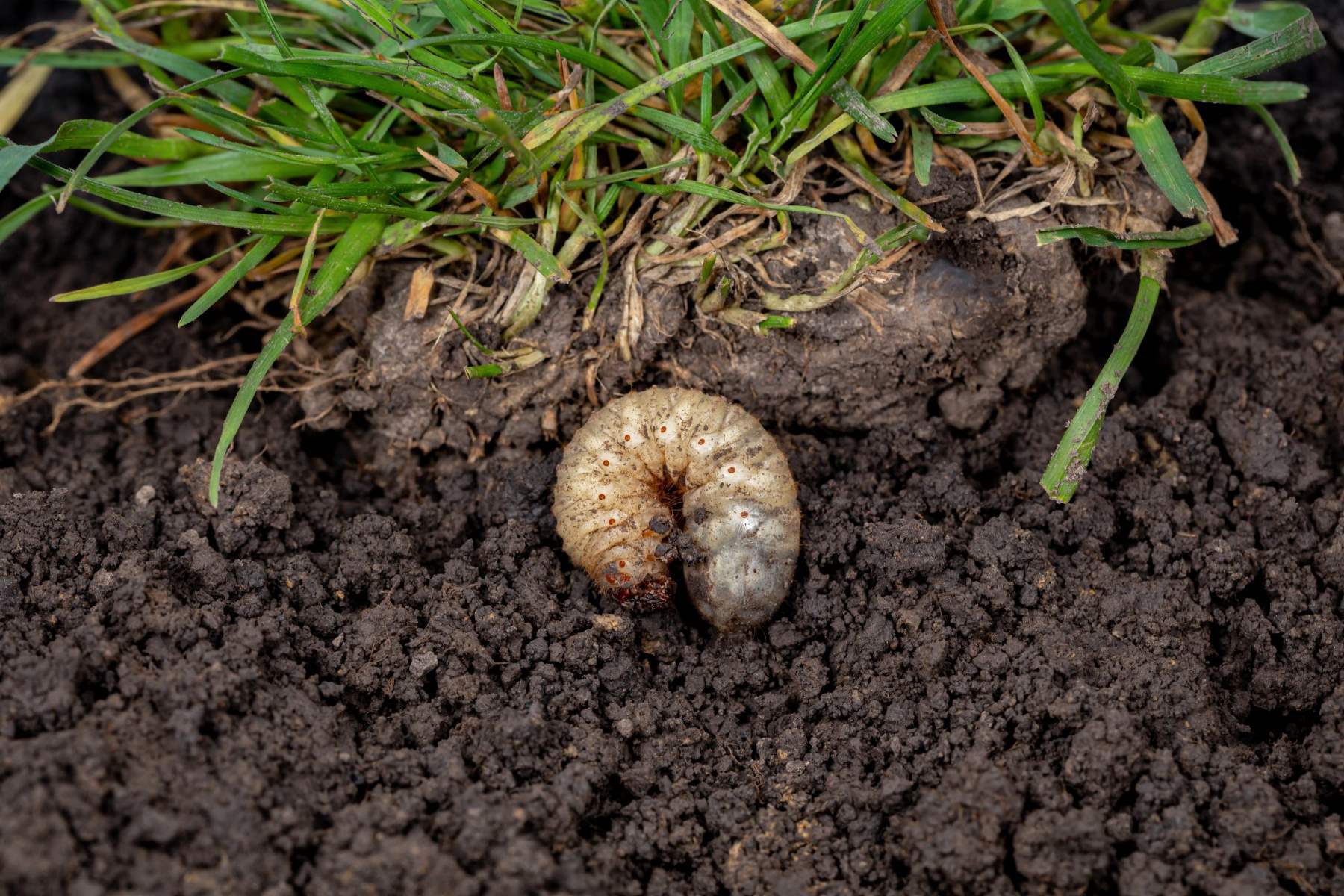
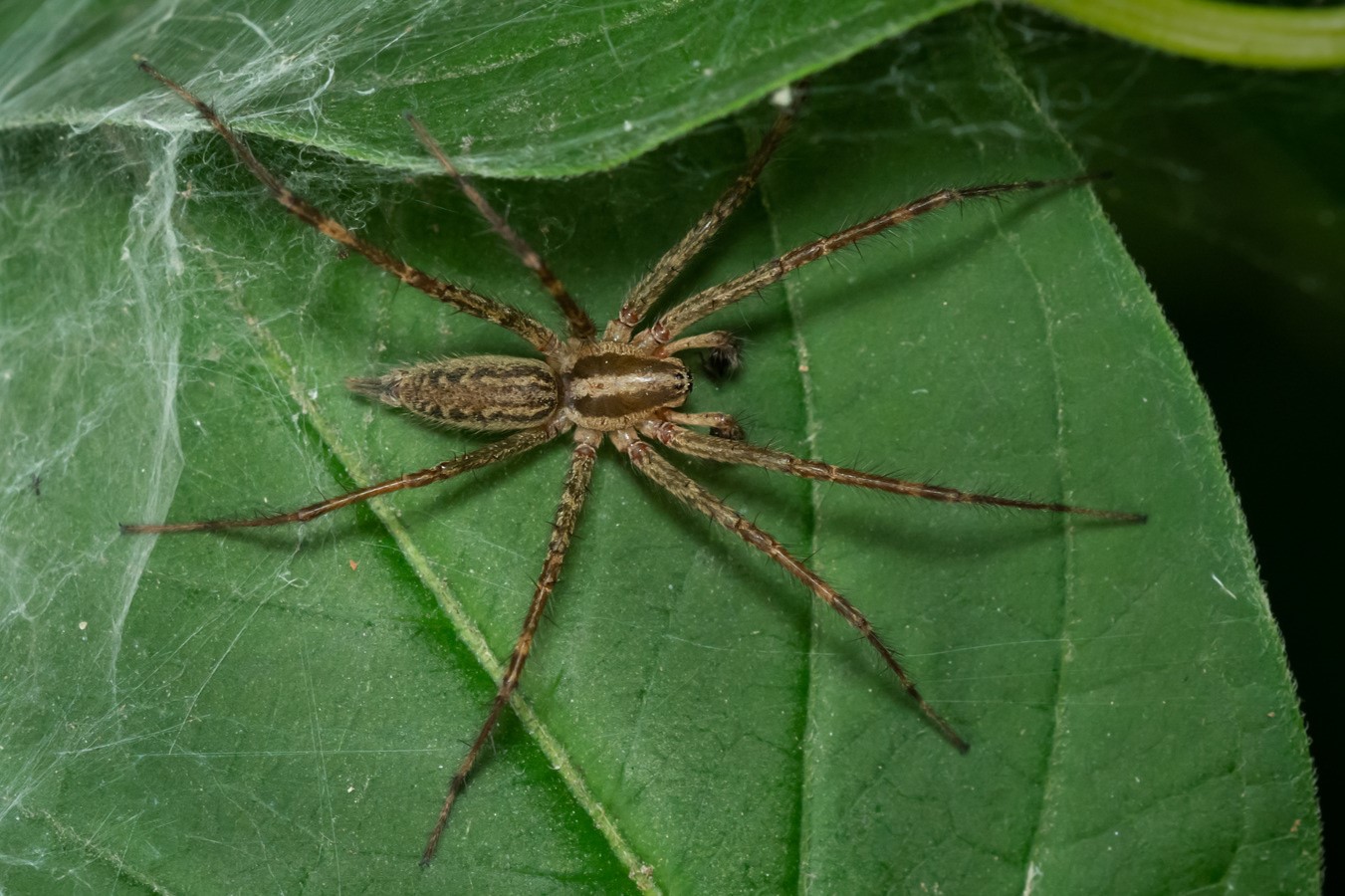
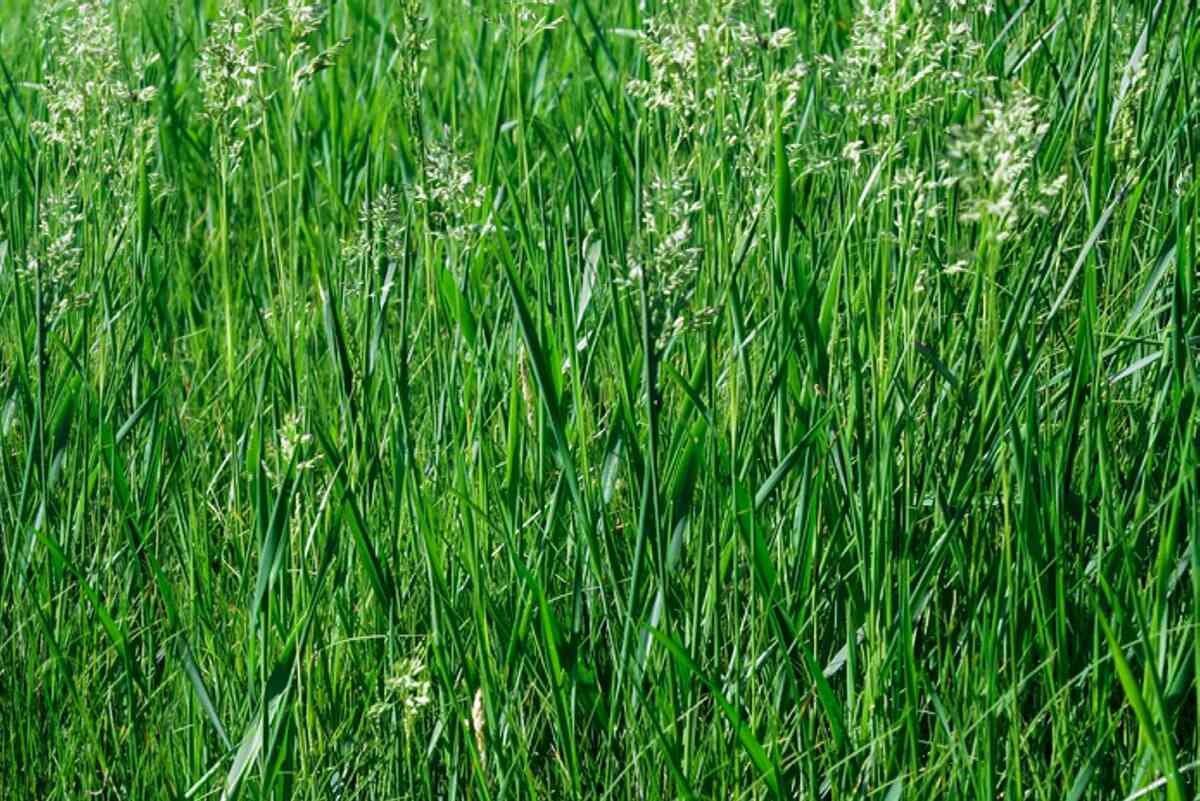
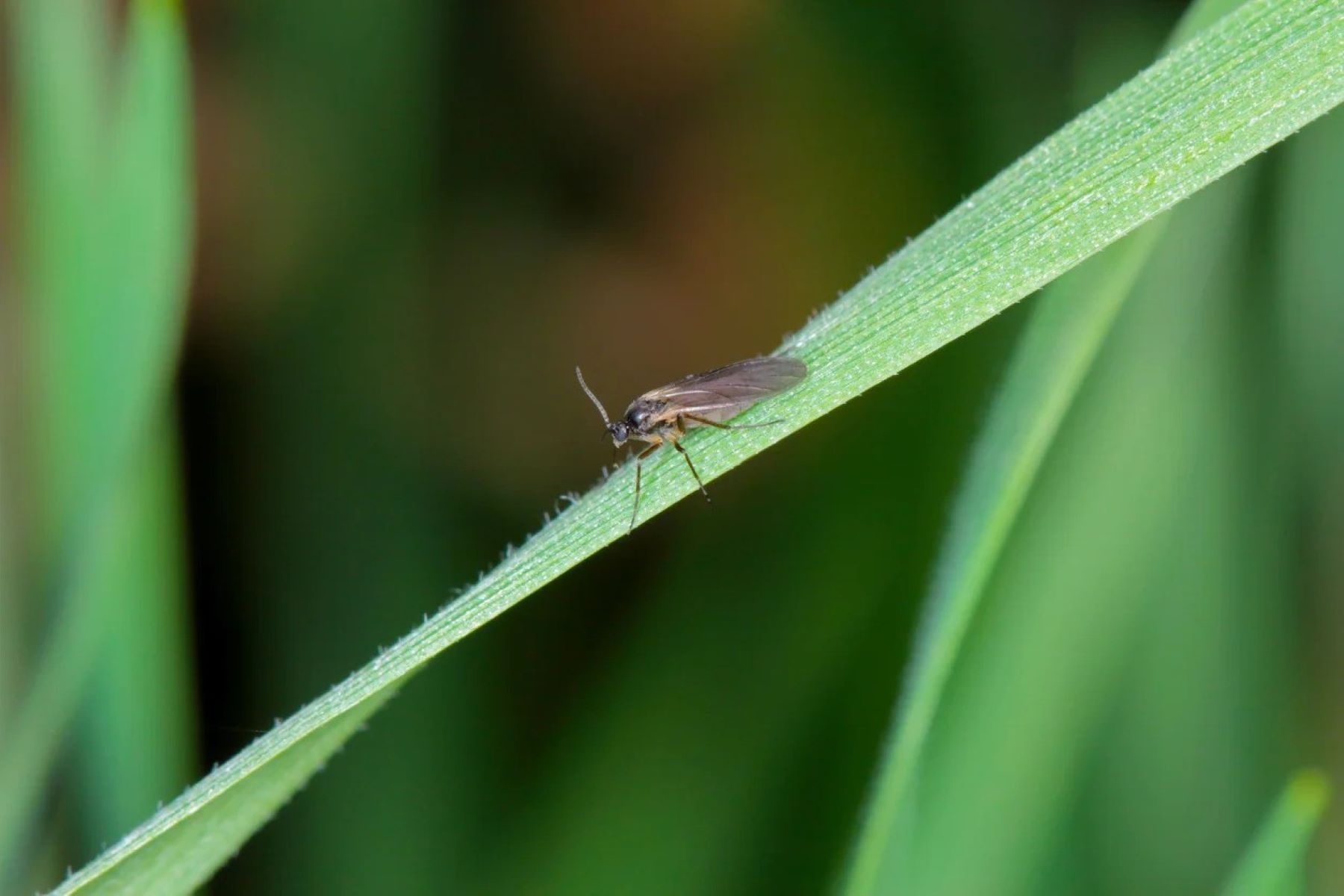
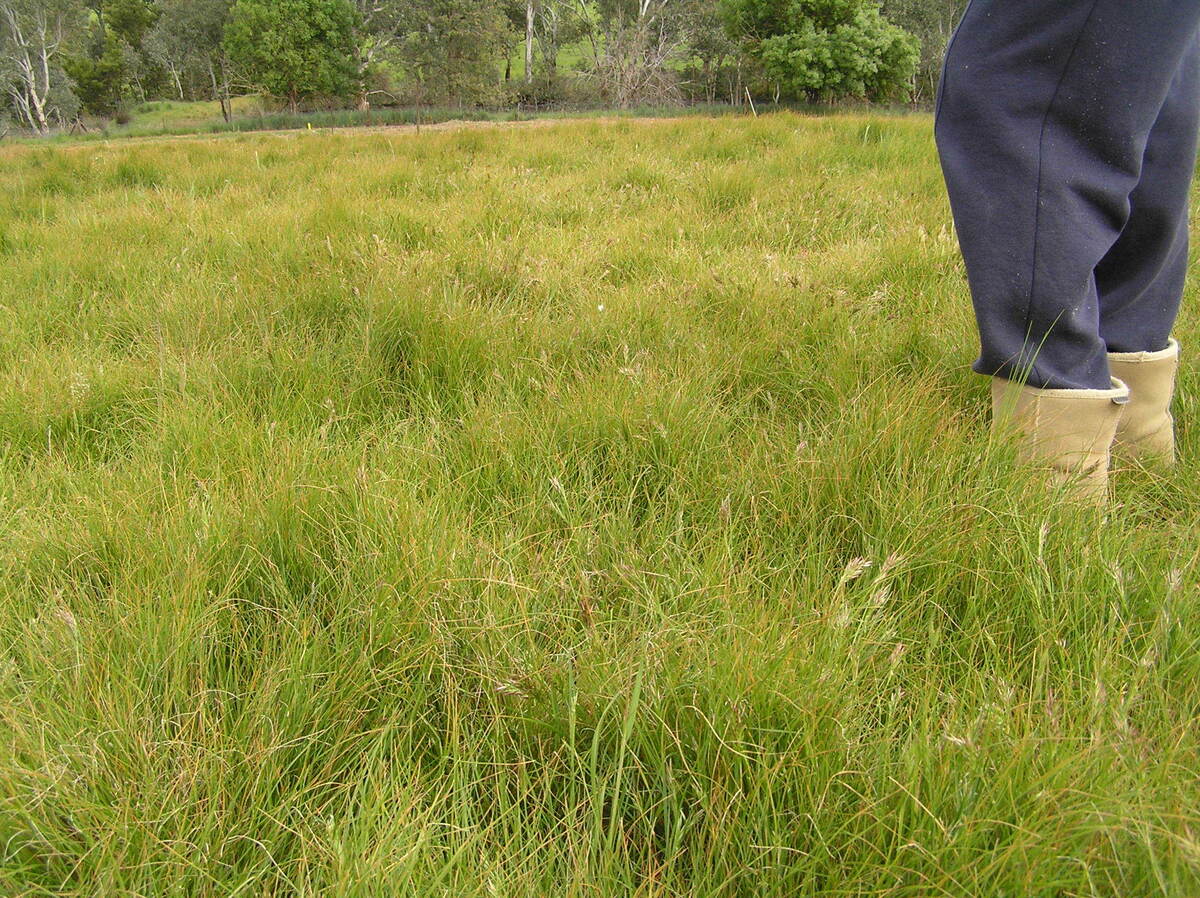

0 thoughts on “How To Get Rid Of Grubs In Grass”